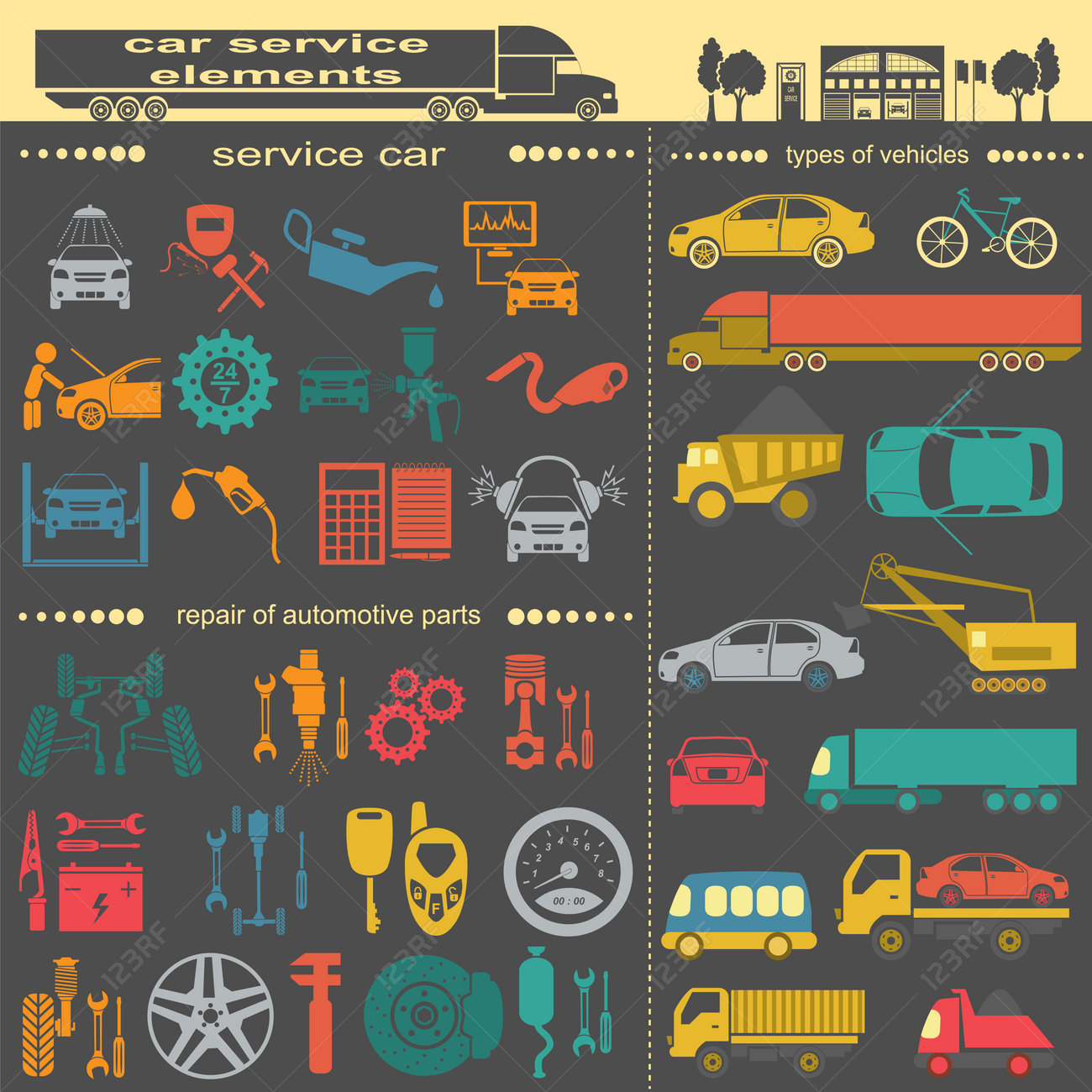Deciphering Your Lorry'S Caution Indicators: What They Genuinely Symbolize
Deciphering Your Lorry'S Caution Indicators: What They Genuinely Symbolize
Blog Article
Author-Sykes Shepherd
When you're behind the wheel, those radiant caution lights on your dashboard can be a little bit perplexing. Do you understand what they're attempting to inform you about your auto's wellness? Comprehending the relevance of these lights is important for your safety and the long life of your car. So, the next time one of those lights turns up, wouldn't you intend to decipher its message accurately and take the essential actions to address it?
Common Warning Lights and Interpretations
Recognize usual warning lights in your auto and recognize their definitions to ensure secure driving.
One of the most typical caution lights consist of the check engine light, which signals problems with the engine or discharges system. If this light comes on, it's essential to have your vehicle inspected immediately.
The oil stress warning light shows low oil pressure, calling for immediate attention to stop engine damages.
A blinking battery light could suggest a malfunctioning billing system, potentially leaving you stranded if not dealt with.
The tire pressure surveillance system (TPMS) light notifies you to reduced tire pressure, influencing car stability and gas effectiveness. Overlooking read the article could lead to harmful driving problems.
The abdominal muscle light indicates a problem with the anti-lock stopping system, compromising your capacity to quit promptly in emergencies.
Finally, the coolant temperature cautioning light warns of engine overheating, which can result in severe damage if not resolved promptly.
Understanding these typical caution lights will assist you address issues immediately and maintain risk-free driving problems.
Relevance of Prompt Focus
Understanding the usual warning lights in your auto is just the primary step; the relevance of without delay attending to these cautions can't be highlighted sufficient to ensure your safety and security on the road.
When a warning light illuminates on your control panel, it's your car's method of communicating a prospective concern that requires interest. Overlooking these cautions can lead to more serious problems later on, jeopardizing your security and potentially costing you extra out of commission.
just click the following post to warning lights can avoid malfunctions and accidents. As an example, a blinking check engine light might show a misfire that, if left unattended, could trigger damage to the catalytic converter. Addressing this quickly can conserve you from a costly fixing.
Likewise, a brake system cautioning light could signal low brake liquid or used brake pads, essential parts for your security when driving.
Do It Yourself Troubleshooting Tips
If you observe a caution light on your dashboard, there are a couple of DIY troubleshooting ideas you can attempt before looking for specialist help.
The primary step is to consult your vehicle's manual to comprehend what the details caution light suggests. Occasionally the problem can be as easy as a loose gas cap setting off the check engine light. Tightening up the gas cap might settle the trouble.
Another usual issue is a reduced battery, which can set off various cautioning lights. Inspecting the battery links for corrosion and ensuring they're safe could fix the problem.
If a warning light lingers, you can try resetting it by detaching the car's battery for a couple of mins and after that reconnecting it. In why not try these out , inspecting your automobile's fluid levels, such as oil, coolant, and brake fluid, can aid troubleshoot warning lights related to these systems.
Verdict
To conclude, comprehending your vehicle's caution lights is necessary for keeping your automobile running smoothly and safely. By quickly resolving these alerts and knowing what they mean, you can prevent pricey repair services and potential break downs.
Keep in mind to consult your vehicle's manual for certain information on each alerting light and take action accordingly to guarantee a trouble-free driving experience.
Keep educated, remain secure on the road!
